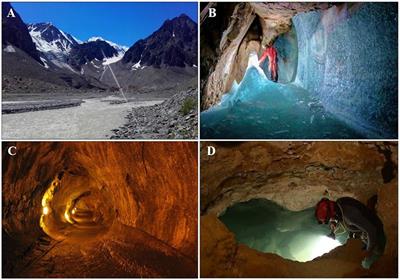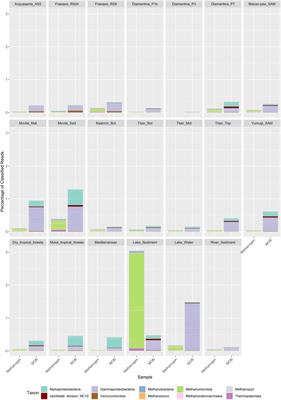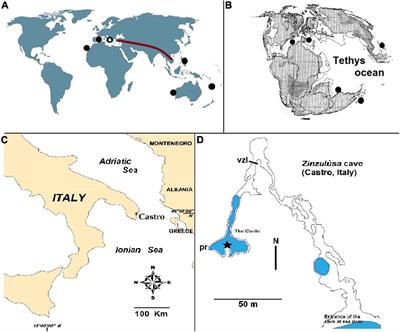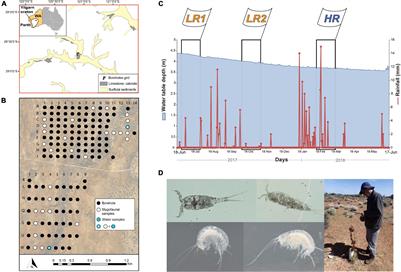EDITORIAL
Published on 05 Sep 2023
Editorial: Living on the edge: biodiversity, adaptation, and evolution in extreme groundwater habitats
doi 10.3389/fevo.2023.1267954
- 1,012 views
4,058
Total downloads
23k
Total views and downloads
EDITORIAL
Published on 05 Sep 2023
REVIEW
Published on 06 Jan 2023

ORIGINAL RESEARCH
Published on 15 Aug 2022

ORIGINAL RESEARCH
Published on 27 May 2022

BRIEF RESEARCH REPORT
Published on 31 Mar 2022

BRIEF RESEARCH REPORT
Published on 11 Mar 2022

ORIGINAL RESEARCH
Published on 22 Dec 2021
